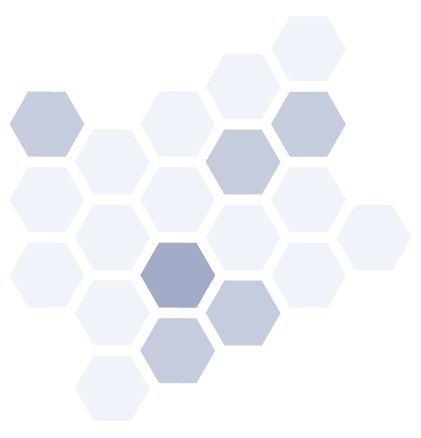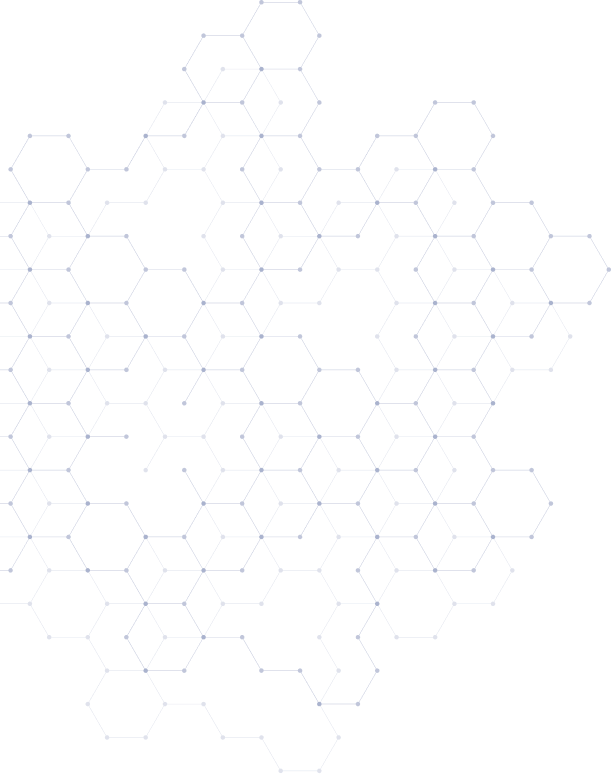

The medical device industry has long been defined by engineering excellence: a world where micro-tolerances, robust compliance, and elegant hardware solutions have reigned supreme. But today, there’s a second force shaping the future of innovation: patient-centric design.
From wearables and implantables to diagnostics and digital therapeutics, users expect more than functionality. They expect devices to be intuitive, comfortable, and seamlessly integrated into their lives. For medical device companies, this shift brings a new imperative: balancing precision engineering with empathetic, user-focused design - and rethinking the talent strategy that supports it.
The New Frontier: Engineering Meets Empathy
Traditionally, success in medtech has hinged on reliability, safety, and compliance. Engineering teams focused on function, form factor, and regulatory standards, often designing for clinicians more than end users.
Yet as devices move closer to the patient, whether that’s home diagnostics, mobile-connected inhalers, or next-gen insulin pumps - the user experience becomes mission critical.
This means product teams now need to consider:
- Cognitive load and emotional stress of patients
- Accessibility across age, ability, and literacy levels
- Seamless integration with digital ecosystems (apps, platforms, cloud data)
In other words: it’s not just about whether a device works, but whether patients want to use it. This changes everything for how companies build and structure their teams.
Evolving Talent Needs: Who You Hire Now Looks Different
To meet the demands of both technical precision and human-centred usability, medical device companies are hiring beyond the traditional mold. Today’s most innovative teams blend these factors:
1. Human Factors Engineers & UX Designers
These specialists bring deep expertise in:
- User testing and iterative design
- Accessibility and ergonomics
- Interface design for both physical and digital touchpoints
Where once user experience was “bolted on” after development, it's now embedded from the first prototype.
2. Clinical & Behavioural Insight Roles
There’s growing demand for talent that understands the realities of the patient journey, such as:
- Clinical researchers who can translate field observations into design input
- Psychologists or behavioural scientists who can help reduce friction and increase adherence
- Patient advocates or advisory board liaisons
These roles are essential in translating clinical efficacy into real-world usability.
3. Digital Integration Talent
As devices become “smart,” medtech companies need:
- Embedded systems engineers
- Mobile and app developers
- Data scientists who can handle real-time monitoring, alerts, and predictive analytics
Hiring now often spans hardware, software, and cloud ecosystems - a marked evolution from traditional device development.
4. Agile-Ready Project Managers
With multidisciplinary teams, companies need project leaders who can:
- Navigate between engineering, regulatory, marketing, and design
- Operate in agile environments with fast feedback loops
- Align patient needs with technical feasibility and compliance timelines
Structuring Teams for the New MedTech Era
It’s not just about who you hire, but how you structure them. Cross-functional collaboration is no longer optional, but it’s essential to your mission and process.
Best-in-class medtech teams now:
- Embed UX and human factors early in product development
- Build feedback loops from patients and clinicians into every sprint
- Break down silos between R&D, regulatory, and marketing
- Use hybrid physical-digital roadmaps to plan for integrated experiences
This shift has led to new operating models, where engineers sit side-by-side with designers, and regulatory teams collaborate proactively rather than reactively.
Talent Strategy: What Forward-Thinking Companies Are Doing
At HRS, we’re seeing a shift in how device companies approach recruitment:
- Broadening search criteria beyond industry to include consumer tech, wearable tech, and healthtech
- Emphasising soft skills, such as empathy, adaptability, and collaborative problem-solving
- Creating leadership roles that unite disciplines: “VP of Product Experience” or “Head of Patient-Centred Innovation”
- Investing in internal development so traditional engineers can grow into more user-aware, holistic thinkers
The companies that succeed are those that treat talent strategy as a core innovation driver, not a support function.
Designing With the Patient, Not Just for Them
As the industry evolves, the most successful medical devices won’t just be marvels of engineering. They’ll be tools that patients trust, understand, and even love.
To get there, medtech firms must build teams that span disciplines, think holistically, and centre the patient in every design conversation. It’s not easy, but it’s the future.
At HRS, we help companies attract and build these next-gen teams - connecting you with talent who can deliver both technical excellence and human impact.
Because in today’s medtech world, the most powerful device is the one people actually use.


Looking for a New Role – or Searching for Top Talent? Let’s Talk
Whether you're exploring your next career move or looking to hire skilled professionals, HRS is here to help.
We connect ambitious individuals with exciting opportunities across science, technology, and innovation-led sectors. From early careers to executive search, our expert recruiters work closely with both candidates and employers to ensure the perfect match.
If you're hiring, we’ll help you find the right people. If you’re job hunting, we’ll help you take the next step. Browse our latest jobs or get in touch to find out how we can support you.

